To introduce myself to Steemit I thought I would show you what I'm doing today, which happens to be making sourdough bread.
For me, the process of making bread regularly did not come about from my desire to bake. Making sourdough bread came about from the realization that historically bread was always made using the sourdough method.
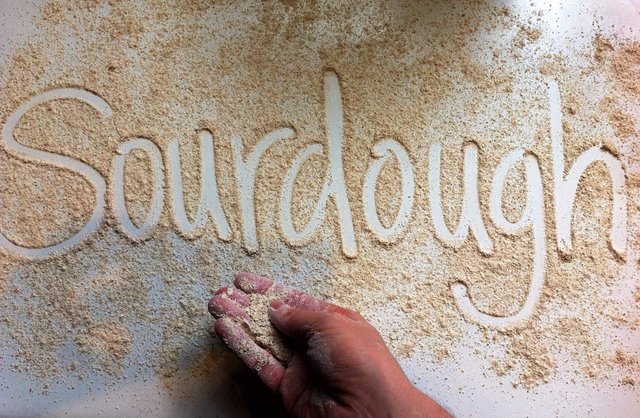
Now the 'sourdough method' is quite different from what is used currently in modern bakeries where they use commercial baker's yeast. Baker's yeast produces a quick rising product, convenient for producing loaf after loaf to feed the masses. The only problem with this process is that there is no time for the baker's yeast to break down the gluten and starches in the grain. Human's never used to eat like this, baker's yeast has only been used to make bread for the last 150 years.
When I compared this 150 years of history for modern bread, to the loaf of sourdough bread that was excavated in Switzerland and dated back to 3700 BCE. It was a pretty striking difference. This is why I make sourdough bread almost every week.
Here's what my dough looked like this morning. It had been left to ferment for 24 hours before this image. The bacteria in the sourdough starter would have been breaking down the gluten and starches in the rye and wholewheat flour that I'm using. Note how the dough has risen overnight.
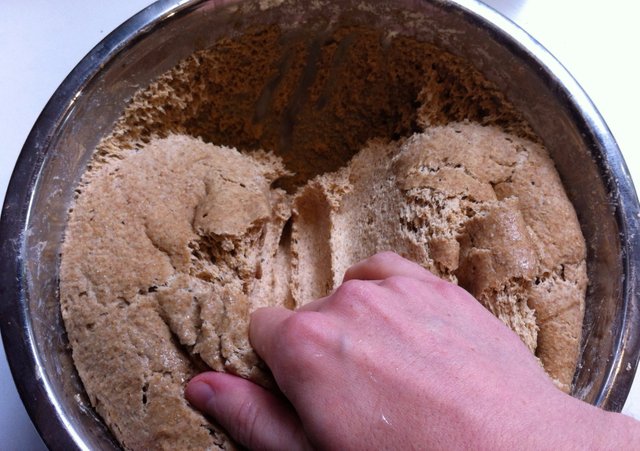
And here's the dough after a short amount of kneading to get the air out of the dough, ready for the next rise.
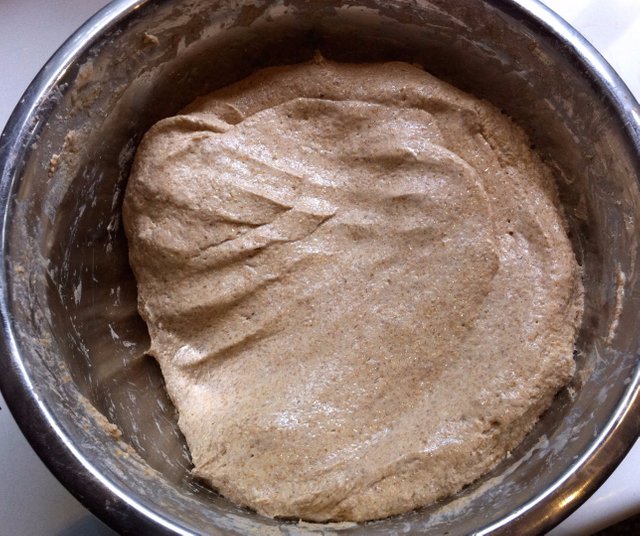
I then split the dough into two, as I made enough for two loaves. I shaped the dough quickly on the bench. Don't worry, sourdough doesn't require kneading at all, the bacteria in the sourdough starter does all the work when you leave the dough to ferment for hours on end.
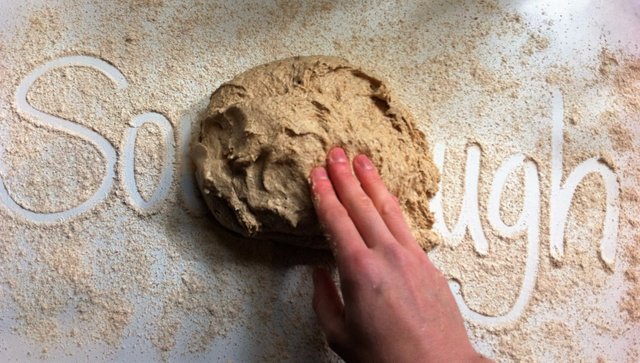
Once the dough was shaped I put them into two different baking containers. One a traditional sandwich tin, the other, a dutch oven for a round loaf.
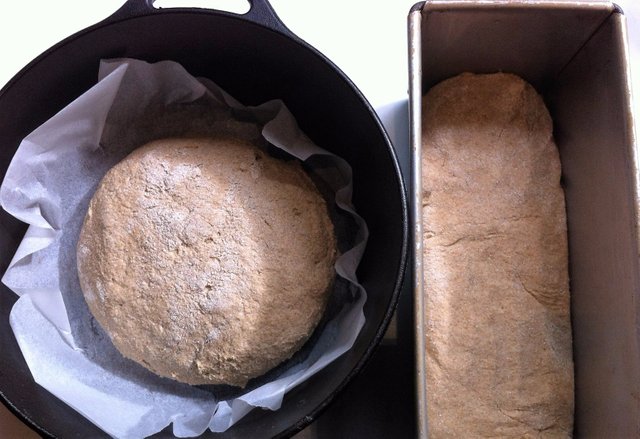
Then leave them on the bench to rise, or ferment, for another 12 to 18 hours or so depending on when they look ready to bake. As I write this they are on the bench fermenting.
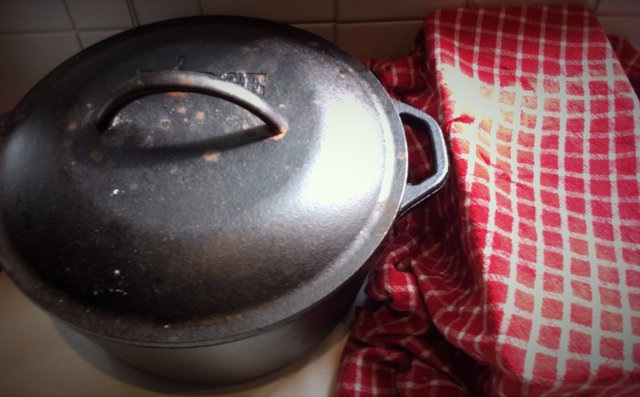
I just went to check on them, and you can see how they have already risen, it's been about three hours. The increase in size is probably more obvious for the dutch oven loaf.
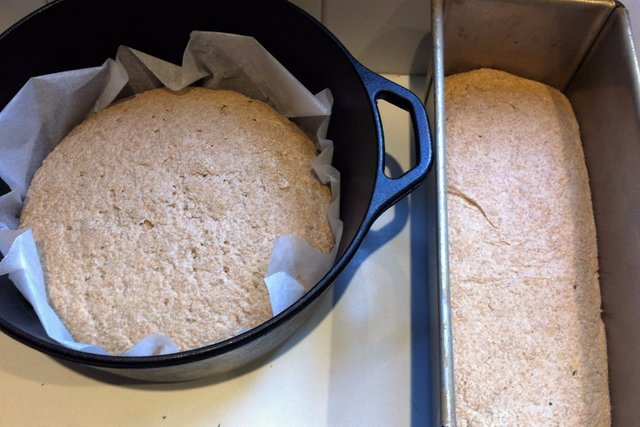
Ok, so there's a quick introduction to sourdough bread. The why, and part of the how. To really get started you'll need to make a sourdough starter. I'll create a post on how to do this soon. Let me know if this was interesting!
Nice summary of the sourdough method. To think how people have been missing out on not only the good nutrition but the great taste that fermenting adds to the bread.
Can't wait to see how it looks when it comes out of the oven.
Downvoting a post can decrease pending rewards and make it less visible. Common reasons:
Submit
Have you tried to make sourdough without starter? It's quite simple (in 3700 BC they didn't have starter either), but the results are not always the same quality...
Downvoting a post can decrease pending rewards and make it less visible. Common reasons:
Submit
I haven't made sourdough without starter, however I don't use commercial yeast. The starter I use is made from rye flour and water fermented. I will post about sourdough starter soon.
Downvoting a post can decrease pending rewards and make it less visible. Common reasons:
Submit